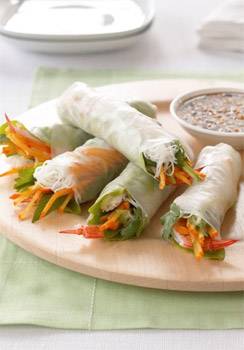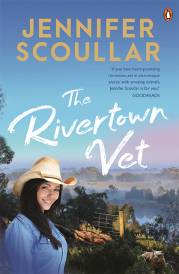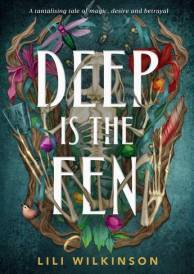Persimmon Prawn Rice Paper Roll

Persimmon Prawn Rice Paper Roll
Serves 8
Ingredients
60gm dried rice vermicelli
8 16cm round rice paper wrappers
8 medium butter lettuce leaves, washed
8 large cooked king prawns, peeled, de-veined and sliced in half lengthways
24 fresh mint leaves
1 small firm sweet persimmon, julienned
1 small Lebanese cucumber, julienned
24 fresh coriander leaves
Dipping sauce:
1 tablespoon Japanese rice vinegar
4 tablespoons hoi sin sauce
1 tablespoon unsalted peanuts, roughly chopped
Method
Prepare rice vermicelli as per packet instructions, drain well.
Combine all ingredients for the dipping sauce.
Place one rice sheet in warm water until just softened, remove and place on a clean, damp tea towel. Lay a lettuce leaf over the wrapper, top with two pieces of prawn horizontally, three mint leaves, a little persimmon, cucumber, rice vermicelli and three coriander leaves.
Fold bottom of wrapper up over the filling, fold one side in and then roll up tightly. Repeat until all rice sheets are used and keep rolls under damp cloth while preparing each.
Serve with dipping sauce.
Australian Persimmon
Australian Persimmon growers are gearing up to gather the fruits of their labours, with orchards across the country set to be brimming with the orange bounty from late February through to mid June.
Nick Hobbs, President of Persimmons Australia, who manages an orchard of persimmon trees in South Australia, said the harvest marks an exciting moment in growers' calendars.
'Harvest can be a very fulfilling time of year. I love the achievement that comes with nurturing fruit and doing the best you can to battle the elements and produce a high-quality product," said Nick.
'To grow perfect persimmons we need warm and dry weather conditions, and this year the outlook is bright. When we see an orchard of stunning orange and red, we know our persimmons will have that refreshingly sweet and mild flavour people love and be ready for harvest."
Mr Hobbs said excellent fruit is expected to come from key persimmon growing areas including Southern Queensland where almost 50 per cent of Australia's crop is produced, coastal New South Wales, the Murray Valley in Victoria and South Australia and southern regions of Western Australia.
Along with a plentiful harvest, persimmon growers expect consumption levels to continue to rise, with ambassador Poh Ling Yeow back on board to help educate the nation about the delicious Autumnal fruit in 2015.
According to the Masterchef all-star, best-selling author and tv presenter, the golden orbs are a unique and healthy seasonal offering that can be enjoyed in a variety of ways.
'For those who have never tried a persimmon, there are two types. The sweet variety is stout and round with a flat bottom and eaten crunchy like an apple. The original type has a elongated heart shape and can only be eaten when the flesh is jelly-like and scoopable,' Poh said.
'Both sweet and original persimmons can be eaten peeled or unpeeled. Just remove the stem and calyx and cut into sections."
Poh said that when purchasing persimmons shoppers should look for fruit with green, semi-pliable caps.
'If you're buying sweet persimmons they should be firm to touch. Original persimmons are ready to eat when the flesh is soft so select one that yields gently to palm pressure.
'Don't be put off by imperfections in appearance. Persimmon skin is very delicate and should be handled with care.
'Persimmons should be stored at room temperature to ripen and are best eaten fresh – try them like an apple, cut up in a delicious salad or paired with a dollop of yoghurt or cream. They're also a great way to liven up a traditional cheese platter," Poh said.
Persimmons are an essential part of a healthy diet and are a good source of vitamin C and beta carotene, high in fibre and fat free. A sweet persimmon contains almost half the dietary requirement of an apple and higher levels many minerals and antioxidants.
Around 2500 tonnes of persimmons are produced annually. The original persimmon has been grown in Australia for almost 150 years while sweet persimmons were introduced in the late 1970s and now comprise more than 90 per cent of local production.
For more, check out Poh's videos for Persimmons Australia: www.youtube.com/persimmonsaustralia.
MORE





